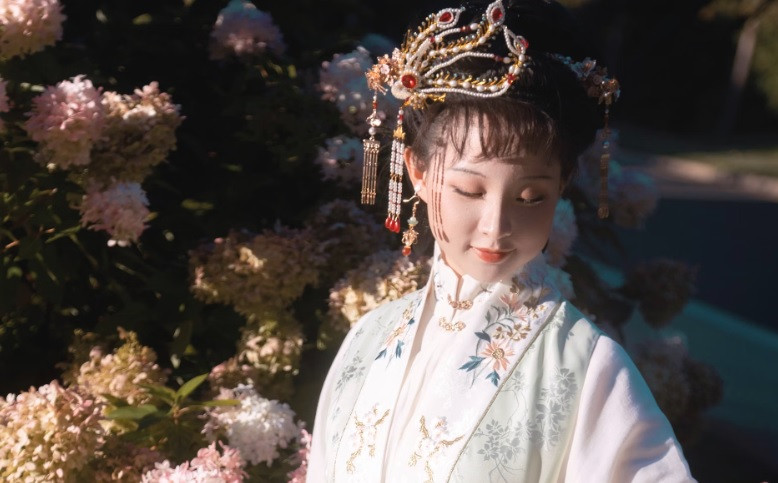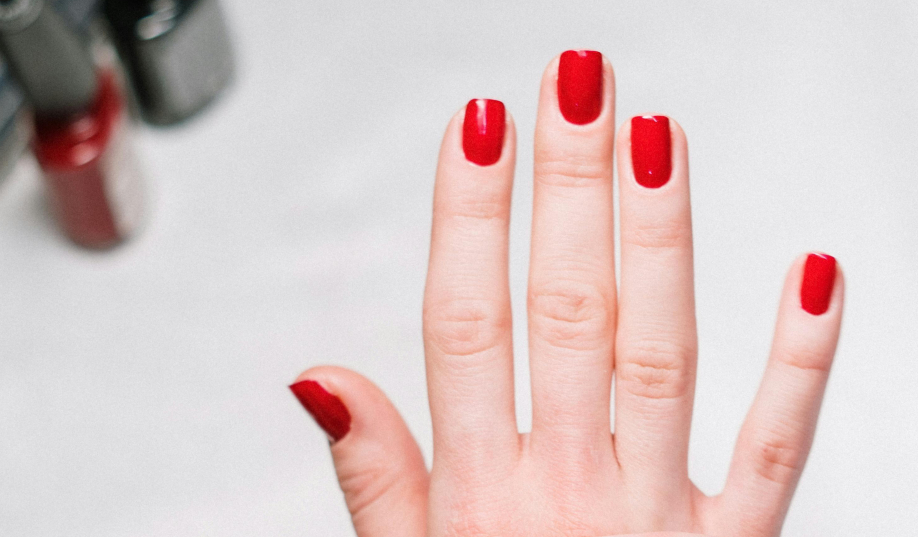Chinese Hanfu: From Historical Tradition to Fashion Statement

© Leo Yao / Unsplash
It is time for yet another part of the history of fashion to make it back to the future! What was once a symbol of tradition and heritage has now transformed into a fashion statement embraced by people worldwide.
The beautiful designs and rich history of Chinese Hanfu have now captivated the fashion industry. With its roots deeply embedded in ancient China, Hanfu has risen in popularity, blending traditional aesthetics with modern style. So, where is it today?
What Is a Chinese Hanfu?
Hanfu refers to traditional Chinese clothing worn by the Han Chinese ethnic group. It encompasses a wide range of styles that have evolved over thousands of years, reflecting various dynastic influences and regional customs. Hanfu typically consists of several layers. This includes an inner garment (such as a robe or shirt), an outer garment (like a jacket or coat), and sometimes accessories like belts, sashes, and hair ornaments.
Hanfu is characterized by its loose, flowing designs and often incorporates elements of Chinese cultural motifs and symbolism. It has experienced a revival in modern times, with enthusiasts promoting its cultural significance and aesthetic beauty.
The History of the Hanfu
The history of Hanfu spans thousands of years. It evolved through various dynasties and reflected changes in Chinese society, culture, and fashion trends. Here’s a brief overview of its historical development:
- Ancient Origins. Hanfu finds its roots in ancient China, with early forms dating back to the Shang Dynasty (16th century – 11th century BCE). During this time, clothing consisted of simple garments made from animal skins and woven fabrics.
- Zhou Dynasty (1046 BCE – 256 BCE). The Zhou Dynasty saw the development of more structured clothing styles, with distinct robes and attire worn by nobles and commoners alike. This period laid the foundation for many elements of traditional Chinese dress.
- Han Dynasty (206 BCE – 220 CE). The Han Dynasty is particularly significant for the development of Hanfu as a formal and distinctive style of dress. During this time, clothing became more elaborate, with silk fabrics becoming more common among the upper classes.
- Tang Dynasty (618 – 907 CE). The Tang Dynasty is often considered a golden age for Chinese culture and fashion. Hanfu during this period featured wide sleeves, flowing lines, and intricate patterns, reflecting the cosmopolitan and prosperous nature of the era.
- Ming and Qing Dynasties (1368 – 1912 CE). These dynasties saw a continuation and refinement of traditional Hanfu styles. During the Qing Dynasty, Manchu influence introduced some variations in clothing styles, particularly among the ruling elite.
- Modern Era. In the early 20th century, with the establishment of the Republic of China and later the People’s Republic of China, traditional Hanfu gradually gave way to Western-style clothing as the predominant fashion choice. Hanfu was largely confined to ceremonial or theatrical use.

Hanfu declined in popularity during the Qing dynasty due to political reasons but is now being embraced by younger generations, moving from subculture to mainstream culture.
What Are Some of the Styles?
Hanfu has evolved across various dynasties, offering a wide range of styles for modern enthusiasts. Popular variations include the Tang, Song, and Ming dynasty styles. Ming dynasty Hanfu, favored by enthusiasts like Bo Yu Li for its flamboyance and elegance, is known for luxurious materials such as satin and silk adorned with intricate gold leaf embellishments.
Its layered silhouette features detailed embroidery, showcasing high craftsmanship. In contrast, fans like Kuby Ku prefer Tang dynasty Hanfu for its lively and youthful vibe, characterized by bright colors and a sense of cuteness.
What About Headwear and Hairstyles?
In addition to garments, hats or hairpieces play a significant role in traditional Chinese attire. These accessories often indicate the wearer’s profession or social status. For men, common headwear includes soft caps (jin), stiff hats (mao), and formal headdresses (guan). Officials and scholars have specific hats such as the putou, wushamao, si-fang pingding jin (fangjin), and Zhuangzi jin. Women traditionally wear hairpins (ji) dating back to the Neolithic period, along with more elaborate hairpieces.

In ancient Han culture, managing hair was integral to daily life. Adults typically stopped cutting their hair, following Confucius’ teaching to honor their parents. This practice, symbolized by the coming-of-age ceremony Guan Li between ages 15 and 20, meant allowing hair and facial hair to grow naturally throughout life. Cutting one’s hair was a severe punishment known as ‘Kun’, aimed at humiliating criminals, while tattooing a character on the face (‘Qing’) also marked criminality, reinforcing societal norms and values.
Did Children Also Have to Do Their Hair?
In ancient Han culture, children were exempt from the obligation to maintain long hair and could wear their hair short, in knots, braids, or hanging loosely as decided by their parents. Upon reaching adulthood, however, men were required to tie their long hair into a bun (ji) and cover it with various headdresses, except for Buddhist monks who shaved their heads entirely and Taoist monks who used hair sticks (zan). Depictions of ancient Chinese men with disheveled hair in modern dramas are historically inaccurate. Women, in contrast, enjoyed more freedom in styling their hair with various hairstyles reflecting different fashion trends across dynastic periods.
The Revival
Hanfu, traditionally reserved for special occasions, is now embraced as everyday fashion in its revival. Its popularity has expanded globally among the Chinese diaspora in recent years. Despite its complex wearing process, modern enthusiasts simplify it by integrating contemporary styling techniques.

Despite often involving embroidery, Hanfu production continues with modern techniques and various price points ranging from £11 to £1,100, depending on the materials used.
For those seeking authentic craftsmanship, Ming Hua Tang offers handmade Ming dynasty Hanfu, akin to the Western haute couture process, taking about a year to create intricate garments like ma mian qun skirts and jiaoling robes. Enthusiasts appreciate Ming Hua Tang for its superior craftsmanship, and historical accuracy in fabrics, patterns, and colors, ensuring a perfect fit.
Why Is This Resurgence Important?
The resurgence of Hanfu offers a chance to celebrate Chinese culture and individuality. For many, wearing Hanfu is not just about its beauty, but also about reconnecting with and appreciating their cultural heritage.
It represents a reclaiming of cultural identity that was suppressed during past periods, such as the Cultural Revolution, allowing individuals, particularly women, the freedom to express themselves through their clothing choices.
Where Can You Buy One?
Hanfu, primarily sold online through platforms like Alibaba’s Taobao, has gained global accessibility during its revival. Despite the convenience of e-commerce, enthusiasts believe physical stores could enhance the appeal of Hanfu by providing a tangible shopping experience.
Amid a crowded online market, physical stores are seen as a potential avenue to distinguish Hanfu brands and further integrate them into mainstream fashion culture.
What about you? Have you ever wondered about the cultural significance and evolution of Chinese Hanfu attire?
You might also want to read: 15 Things You Should NOT Do in Japan


